GIÁ TRỊ CỦA CẮT LỚP VI TÍNH TRONG ĐÁNH GIÁ DỊ VẬT ỐNG TIÊU HÓA SẮC NHỌN
SUMMARY
Ingested foreign bodies are one of the reasons why patients need to be hospitalized in the emergency room. Although most gastrointestinal foreign bodies can be eliminated from the body on their own, there are still some cases that cause complications, even death. In terms of foreign body morphology, there are 3 main groups, sharp-pointed foreign bodies, round foreign bodies and long foreign bodies, of which sharp-pointed foreign bodies are the group that often causes complications, especially perforation complications. There are many methods to diagnose this condition such as X-ray, computed tomography (CT) and endoscopy. In recent years, the popularity of CT has made this method widely used in the assessment of sharp-pointed gastrointestinal foreign bodies.
Objective: In order to evaluate the effectiveness of CT in diagnosing sharp foreign bodies, we would like to conduct the study "Value of computed tomography in evaluation of sharp-pointed ingested foreign bodies".
Subjects and research methods: A descriptive study of 25 patients with sharp-pointed foreign bodies in the gastrointestinal tract who underwent CT scan at the Radiology Department of Hanoi Medical University Hospital for 2 years, and underwent endoscopic and surgical or percutaneous intervention to remove of foreign bodies.
Results: The most common site for foreign bodies was the jejunum, followed by the stomach, colon, and esophagus. Transmural foreign body accounted for the highest rate (14/25 cases). The most common complication of sharp-pointed foreign body on CT is perforation with 16/25 cases, followed by abscess with 04/25 cases. CT scan has high sensitivity and specificity in evaluating complications of sharp-pointed foreign bodies.
Conclusion: CT has an important role in detecting and diagnosing sharp-pointed gastrointestinal foreign bodies as well as evaluating associated complications.
Key word: Ingested foreign bodies, foreign bodies, complications of foreign bodies, sharp-pointed foreign bodies, sharp-pointed
TÓM TẮT
Dị vật ống tiêu hóa là một trong những nguyên nhân khiến bệnh nhân phải nhập viện cấp cứu. Mặc dù đa phần các dị vật ống tiêu hóa có thể tự đào thải ra khỏi cơ thể nhưng vẫn có một số trường hợp gây biến chứng, thâm chí gây tử vong. Về hình thái dị vật có 3 nhóm chính, dị vật sắc nhọn, dị vật tù tròn và dị vật dạng dải, trong đó nhóm dị vật sắc nhọn là nhóm hay gây biến chứng, nhất là biến chứng thủng. Có nhiều phương pháp để chẩn đoán tình trạng này như X quang, cắt lớp vi tính (CLVT), nội soi. Những năm gần đây, sự phổ biến của CLVT giúp phương pháp này được sử dụng nhiều trong đánh giá dị vật ống tiêu hóa sắc nhọn.
Mục tiêu: đánh giá hiệu quả của CLVT trong chẩn đoán dị vật sắc nhọn, chúng tôi xin thực hiện nghiên cứu “Giá trị của cắt lớp vi tính trong đánh giá dị vật ống tiêu hóa sắc nhọn”.
Đối tượng và phương pháp nghiên cứu: Nghiên cứu mô tả 25 bệnh nhân mắc dị vật sắc nhọn ống tiêu hóa được chụp CLVT tại trung tâm Chẩn đoán hình ảnh (CĐHA) và Can thiệp điện quang (CTĐQ) bệnh viện Đại học Y Hà Nội trong 2 năm, được can thiệp loại bỏ dị vật bằng nội soi, phẫu thuật hoặc can thiệp qua da.
Kết quả: vị trí hay gặp dị vật nhất là hỗng hồi tràng, tiếp đến là dạ dày, đại tràng, thực quản. Dị vật xuyên thành chiếm tỷ lệ cao nhất (14/25 ca). Biến chứng hay gặp nhất của dị vật sắc nhọn trên CLVT là biến chứng thủng với 16/25 ca, tiếp đến là biến chứng áp xe với 04/25 ca. CLVT có độ nhạy, độ đặc hiệu cao trong đánh giá biên chứng của dị vật sắc nhọn.
Kết luận: CLVT có vai trò quan trọng trong phát hiện và chẩn đoán dị vật ống tiêu hóa sắc nhọn cũng như đánh giá biến chứng đi kèm.
Từ khóa: Dị vật ống tiêu hóa, dị vật, biến chứng của dị vật, dị vật sắc nhọn, sắc nhọn.
Bạn Đọc Quan tâm
Sự kiện sắp diễn ra
Thông tin đào tạo
- Những cạm bẫy trong CĐHA vú và vai trò của trí tuệ nhân tạo
- Hội thảo trực tuyến "Cắt lớp vi tính đếm Photon: từ lý thuyết tới thực tiễn lâm sàng”
- CHƯƠNG TRÌNH ĐÀO TẠO LIÊN TỤC VỀ HÌNH ẢNH HỌC THẦN KINH: BÀI 3: U não trong trục
- Danh sách học viên đạt chứng chỉ CME khóa học "Cập nhật RSNA 2021: Công nghệ mới trong Kỷ nguyên mới"
- Danh sách học viên đạt chứng chỉ CME khóa học "Đánh giá chức năng thất phải trên siêu âm đánh dấu mô cơ tim"

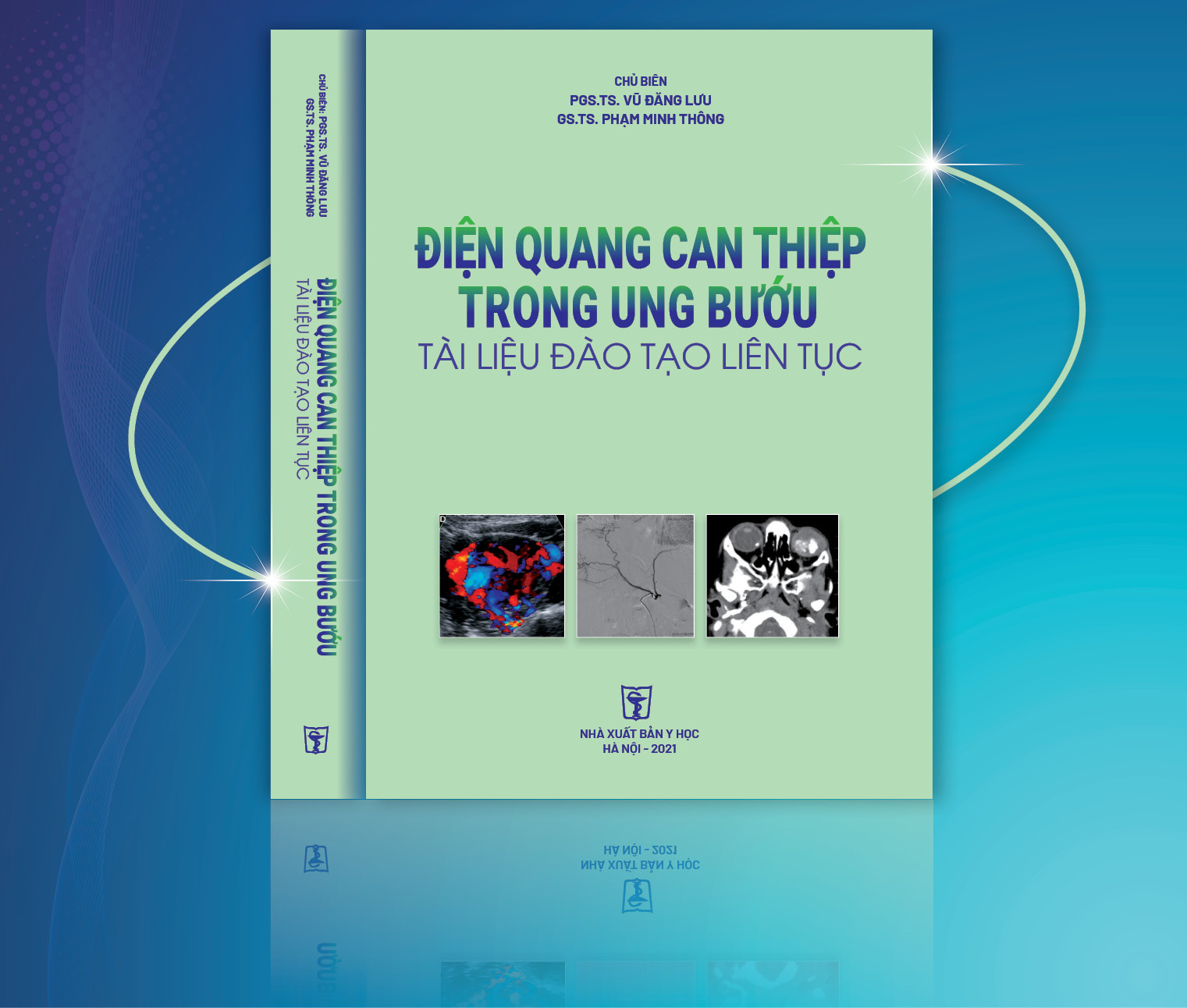







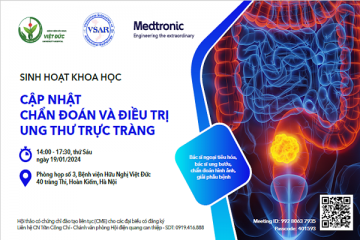
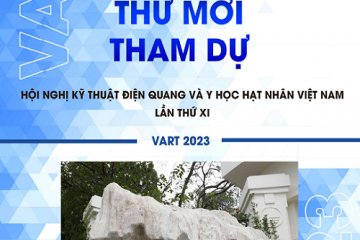
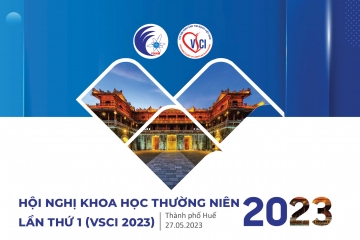

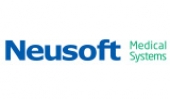

Bình luận